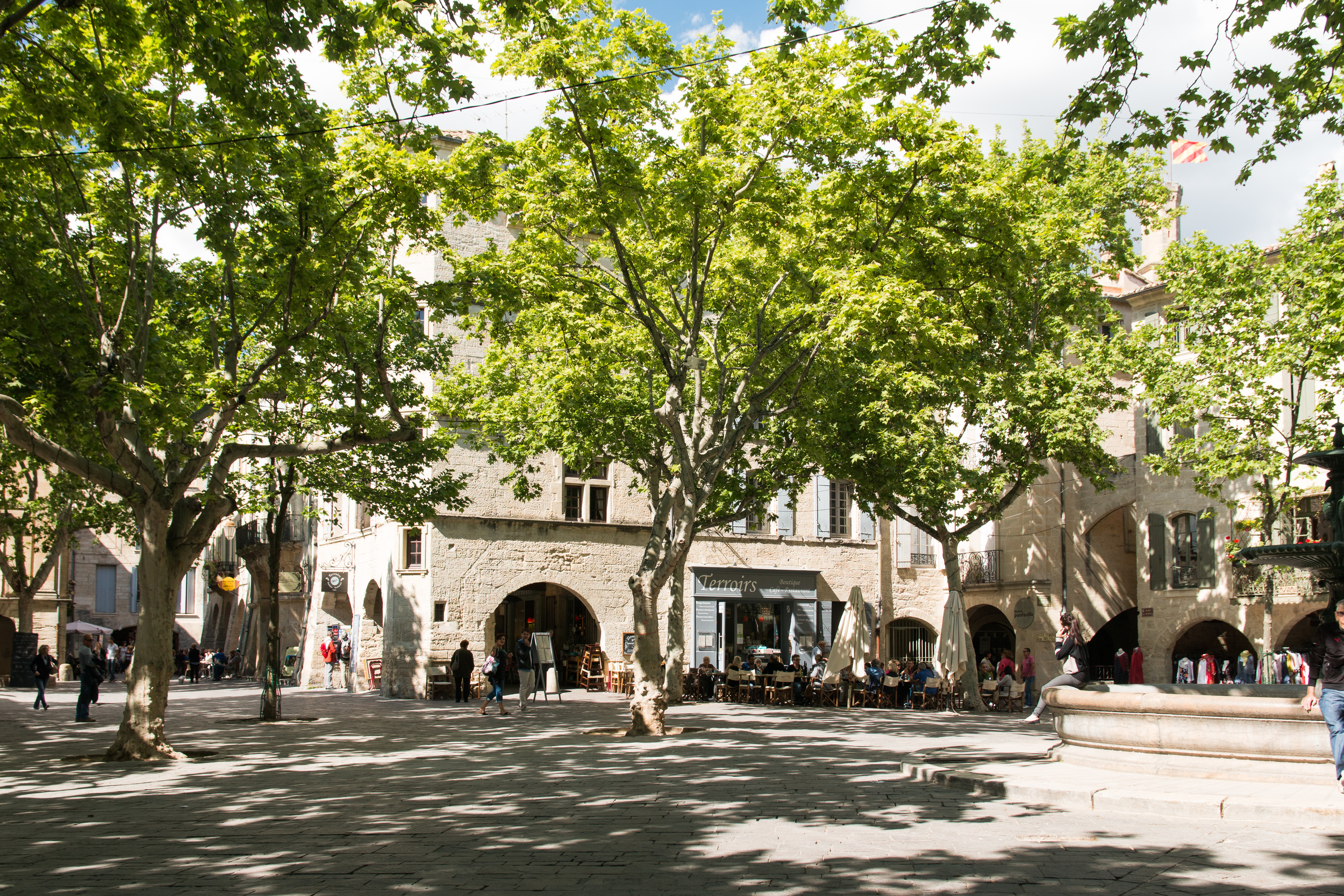I drove down to Niagara on Friday afternoon so I could get out of town for S’s bachelor party weekend. No one wants their fiancée cramping their bachelor party style! Luckily, it was perfect timing for Mother’s Day, so I got to spend quality time with my Mom, too. On Saturday I took her to afternoon tea at the Prince of Wales Hotel. It’s something I’ve always wanted to do, but never really found the time for. I figured an early Mother’s Day was the perfect occasion.
The Prince of Wales is a beautiful Victorian-inspired hotel located on one of the main streets that runs through downtown Niagara-on-the-Lake (video like for email).
It first opened in 1864 and went through a few names—Long’s Hotel, The Arcade Hotel, and the Niagara House—before settling on the Prince of Wales Hotel after the Duke and Duchess of York visited in 1901. Today you can book a stay there or just visit for a meal or tea.
Afternoon Tea is served in the lushly appointed Drawing Room, which has plenty of lovely antique chairs and sofas that create cozy conversation nooks. It felt like we stepped back in time as we walked through the doors and the woman at the front greeted us warmly. She showed us to our table near the fire, which seemed a little odd considering the hot weather and the air conditioning, but it added to the atmosphere.
We settled in and ordered the Monarch Tea. It included a selection of Canadian cheeses, fruit, crackers and our choice of sparkling wine, Kir Royale, or a Mimosa before the tea service. Neither of us had tried a Kir Royale before and since it’s usually served on special occasions, we jumped at the opportunity. It’s a French aperitif made from sparkling wine and Crème de Cassis, which makes it a rich berry color. After the first sip, I thought, "Uh oh. A girl could get used to this!" It was fun and refreshing with a lovely hint of berry sweetness.
Our server also brought over two boxes of teas, so we could see and smell them before deciding which one to order. One box was full teas from Sloane, a Toronto company I love and have talked about before in my Christmas gift guide. The other box held the premium reserve teas. Both of us chose offerings from Sloane and the boxes were whisked away.
As soon as we finished our drinks and cheese, out came two matching pots of perfectly steeped tea. One of my pet peeves is over-steeped tea (don't get me started on Tim Hortons "steeped" tea!). I almost couldn’t believe that they had timed it so well and left us with a whole pot of perfect tea. My Mom ordered Peaches and Cream, a fragrant Bai Mu Dan white tea with, you guessed it, peaches and a hint of vanilla. It smelled amazing, even from across the table, and she really enjoyed it. I decided to try Persian Palace, which is an Assam tea with roses and cardamom. I loved that it was interesting without being overwhelming. I’d happily order it again, too!
The tea was followed closely by a tiered platter that matched our teacups. It was full of sweet and savoury treats. There were three different sandwiches—cucumber, salmon and ham— plus two small goat cheese tarts. On top, were two little cupcakes, gorgeous melt-in-you-mouth shortbreads, raspberry oat bars, and lemon tarts.
Finally, a silver stand of two house made jasmine tea and sultana raisin scones arrived with a silver bowl platter of butter, jam, and clotted cream. I had not tried clotted cream before and threw my dairy-freeness to the wind that day. Oh boy, I think I love clotted cream. Scones welcome, but not necessary. A spoon is a-ok with me.
It was a feast of beautiful, delicious, and decadent things. We dug in and luxuriated in everything. Perhaps that sounds a little over the top, but it was such a pleasure just to sit and enjoy so many small, indulgent goodies. We ate slowly and talked a lot, never once feeling rushed to finish up. We probably could have stayed much longer than we did, but our bellies were satisfied. When we finished, our server brought out boxes so that we could take everything we didn’t eat home. I never expected that, but it was a really nice bonus, and my dad got to enjoy some goodies later!
Overall, I definitely recommend Afternoon Tea at the Prince of Wales. It was such a relaxing and pampering experience. The service was great, the tea was perfect, and all of the treats were tasty.
Right now is a great time to go, too. Niagara-on-the-Lake really shines in spring and summer. It’s a perfect little town to stroll in. The main street is lined with trees, flowers, and pretty boutiques that beckon you in. From there, it’s a short walk to the lake and various little parks through neighbourhoods full of lovingly-maintained houses and welcoming B&Bs. It is, naturally, a very popular place, but once you find a parking spot, the town makes it easy to unwind despite other tourists buzzing about.











![Le Duché - By D Villafruela (Own work) [GFDL or CC BY-SA 3.0], via Wikimedia Commons](https://images.squarespace-cdn.com/content/v1/50be095be4b088f556b717b6/1428020033004-3HFO6L6EK6S2YY20DF95/Uz%C3%A8s-Ch%C3%A2teau_Ducal.jpg)


